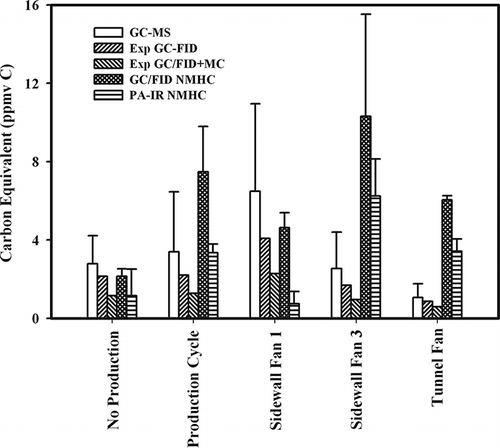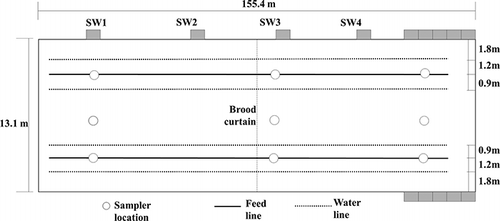Figures & data
Table 1. List of compounds used to evaluate nonmethane hydrocarbon analyzers, the system utilized to prepare the standard, and the type of test conducted
Table 2. Results of laboratory evaluation of nonmethane hydrocarbon analyzers with individual compound standards ranging from 0.2 to 10 ppmv carbon equivalents; measured results represent average values measured across the concentration range
Table 3. Previously published values of GC/FID effective carbon number reduction by functional group
Figure 2. Comparison response between known VOC concentrations of individual compounds (C Equiv), expected FID response (Exp FID), and calculated response for GC-FID, PA-IR, and PID NMHC analyzers. All concentrations are given in ppmv carbon, and error bars are the standard error of the mean.
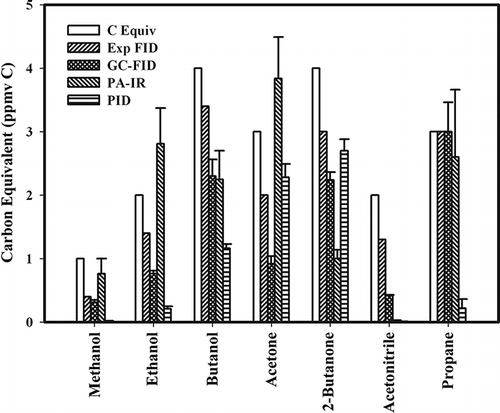
Figure 3. Response of the GC/FID based NMHC analyzer for individual compounds and compound mixtures: (a) individual compounds and (b) mixtures of compounds.
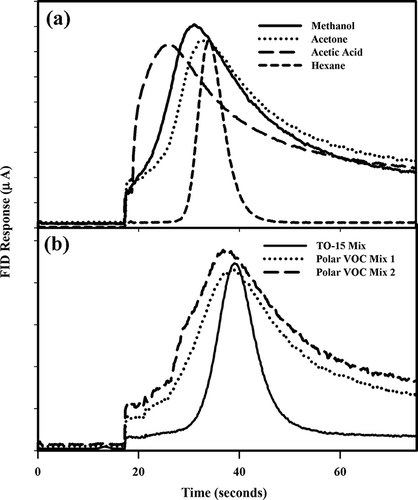
Figure 4. Comparison of measured FID response (ppmv C) to standard mixtures with calculated carbon equivalents; theoretically expected FID response, and the expected FID response adjusted for bias related to instrument mini column limitations. Error bars are the standard error of the mean.
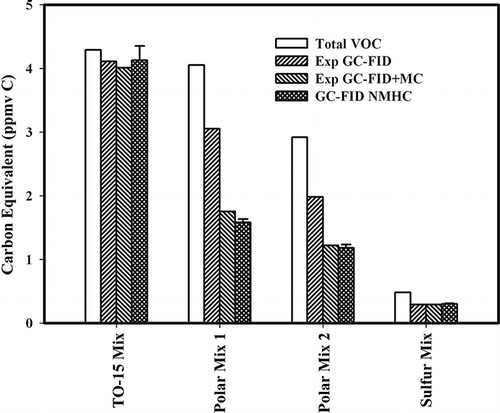
Figure 5. Results of TO-15 and TO-17 analyses of VOCs measured at a poultry production facility presented in carbon equivalence, with data originally from CitationTrabue et al. (2010). All concentrations are given in ppmv carbon and error bars are the standard error of the mean.
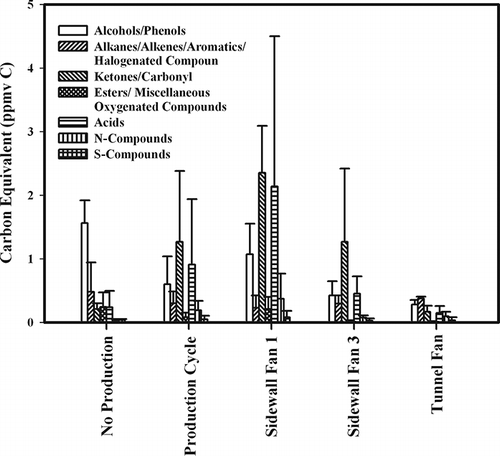
Figure 6. Results of field comparison between average total VOC concentrations measured using TO-15 and TO-17 methods with GC-MS (GC-MS); expected FID response based on measured GC-MS results (Exp FID); expected FID response based on measured GC-MS results plus mini column correction factors (Exp FID + MC); average measured GC/FID NMHC analyzer concentration; and average measured PA-IR NMHC analyzer concentration. All concentrations are given in ppmv carbon, and error bars are the standard error of the mean.
